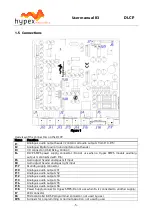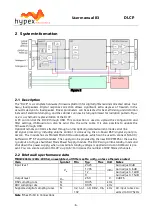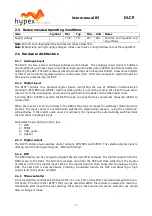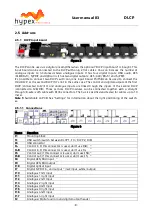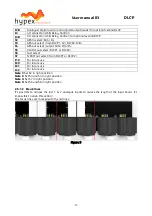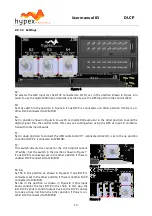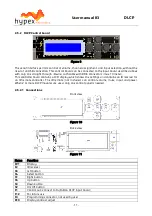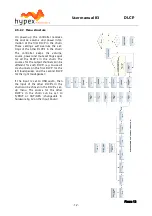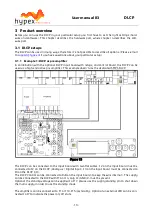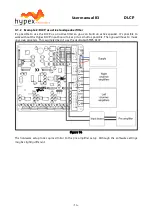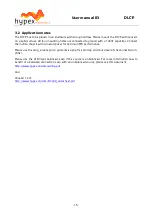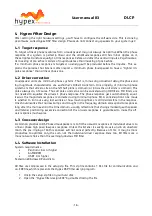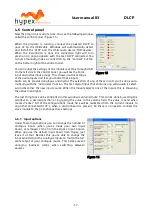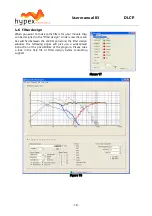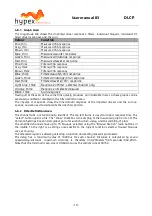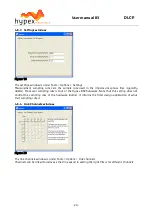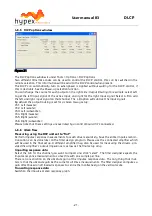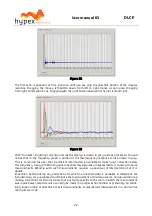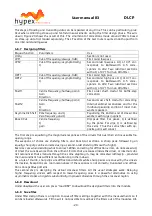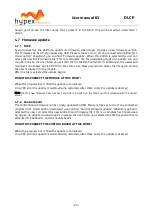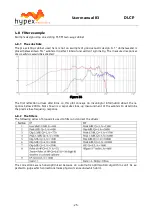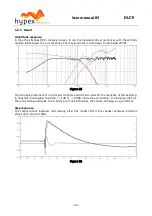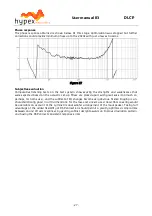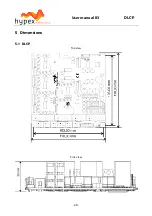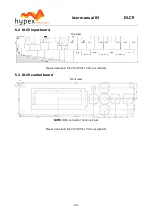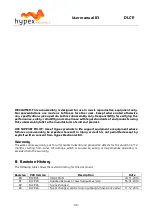
User manual R3
DLCP
- 19 -
4.6.1
Graph Area
The magnitude tab shows the imported driver responses, filters, individual biquads, individual fil-
tered driver responses and the sum.
Colour
Function
Pink, thin
Measured Ch6 response
Grey, thin
Measured Ch5 response
Brown, thin
Measured Ch4 response
Blue, thin
Measured woofer response
Green, thin
Measured midrange response
Red. thin
Measured tweeter response
Pink, thick
Filtered Ch6 response
Grey, thick
Filtered Ch5 response
Brown, thick
Filtered Ch4 response
Blue, thick
Filtered woofer/Ch3 response
Green, thick
Filtered midrange/Ch2 response
Red, thick
Filtered tweeter/Ch1 response
Light blue, thick
Response of filter, selected channel only
Orange, thick
Response of selected biquad
Black, thick
Sum response
Having all of these on at the same time quickly produces an intractable mess so these graphs can be
separately enabled or disabled in the filter definition area.
The impulse or step tabs show the time domain response of the imported drivers and the sum re-
sponse, and are used to demarcate the anechoic portion.
4.6.2
Filter Definition Area
The channel tabs, are functionally identical. The top left frame is used to import response files. The
“select” button opens a file. The “show” checkbox turns display of the measured graph on or off. The
Common Settings box controls global gain (for each channel), delay, and the visibility of plots.
The amplified channels have up to 15 biquads, selected using the “Biquad Section” radio buttons in
the middle. To the right is a settings area specific to the type of function selected. Unused biquads
are set to unity.
The selected biquad is edited by selecting a function and setting relevant parameters.
The delay has a maximum value of 10000us for each channel. Distance is calculated by sound
speed/delay=distance, maximum distance is therefore 340,29meters*0,01secondes=340,29cm.
Note that the minimum step-size is 0,363cm cause the sample rate of 93750.

